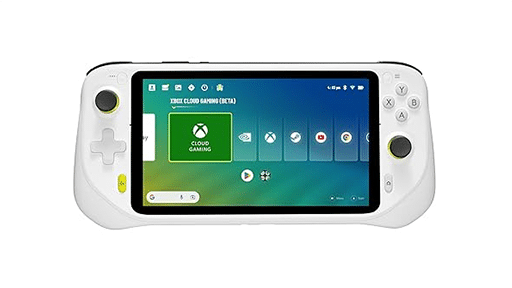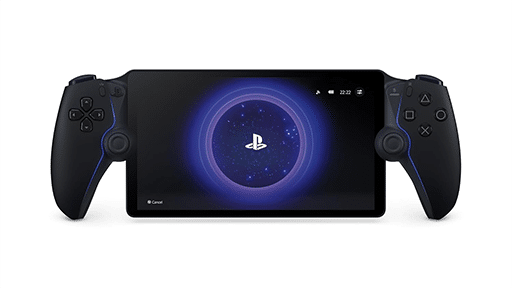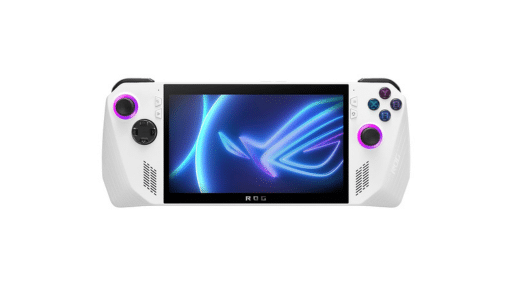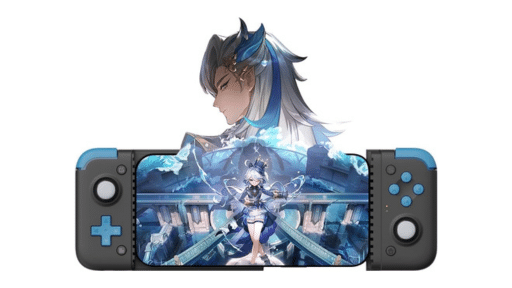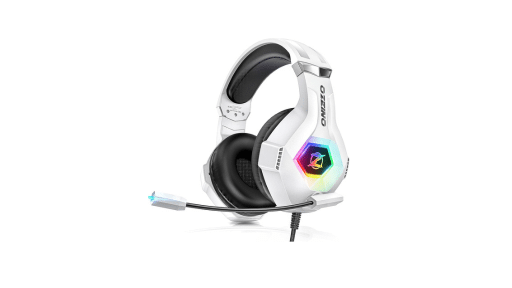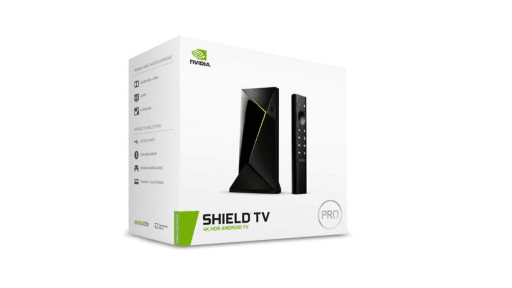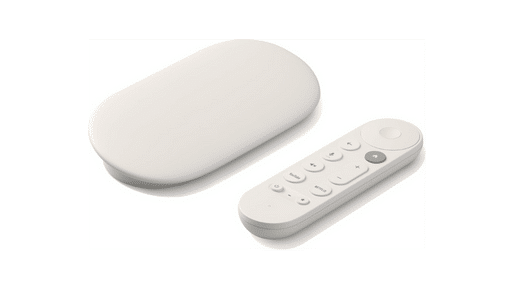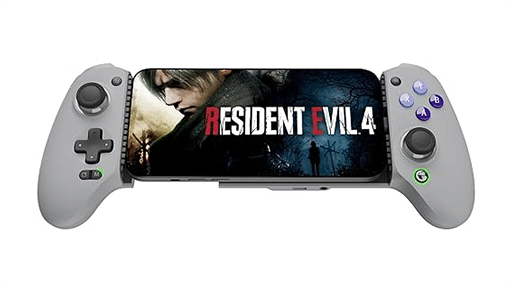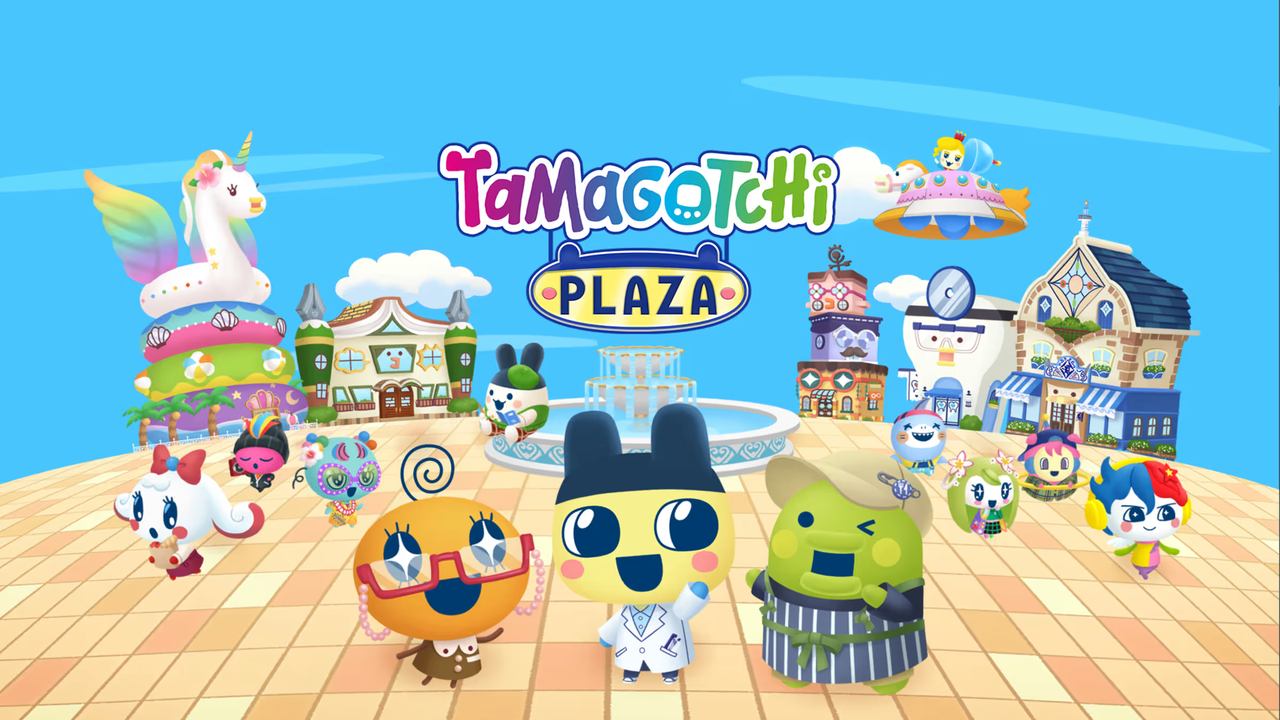
Tamagotchi Plaza brings the digital pet craze to a new generation with a colourful minigame collection set in Tamahiko Town. I played on Nintendo Switch 2, which includes a few extra minigames, but the core of the game is the same regardless of where you play it.
If you grew up with a Tamagotchi clipped to your backpack, there’s a certain pull here. Seeing old favourites like Mametchi and Kuchipatchi wandering around in 3D is pretty neat. The bright visuals, cheerful music, and nonstop bleepy voices give it that classic Tamagotchi feel, only now, it’s louder and flashier.
There’s definitely some charm in seeing these characters again, especially if you’re already a fan. But that charm doesn’t always carry the weight of the grind. Let’s dig into what works, and what doesn’t, in Tamagotchi Plaza.
A Light Setup with Little Payoff
Tamagotchi Plaza opens with a silly but charming premise. Prince Tamahiko whisks you away to Tamahiko Town to help prepare for Tamagotchi Fest. Your mission is simple: improve every business in town so the king will pick it as the event’s host. There’s a light plot behind it all, but nothing that goes much deeper than that.
You pick a Tamagotchi assistant to join your festival committee, and then you’re off. Each store in town offers a themed job, like making sushi, drawing manga, or hosting a tea party. You complete quick tasks to earn smiley face ratings and coins, which help upgrade each shop and the plaza itself.
While the setup is cute, the story doesn’t really go anywhere. There are no cutscenes or big moments. You don’t build relationships with your assistant or the town’s residents. Most Tamagotchi characters only say a line or two, and that’s it.
I actually liked the idea at first. It felt like the kind of light story that would support a laid-back gameplay loop. But the more I played, the more it felt like the story was just a backdrop for repetition. The world is bright and full of familiar faces, but none of them react to what you’re doing or how far you’ve progressed.
It would’ve been nice to see the town grow in more visible ways or unlock events tied to your progress. Instead, you’re mostly left with a static world and a goal that never really changes.
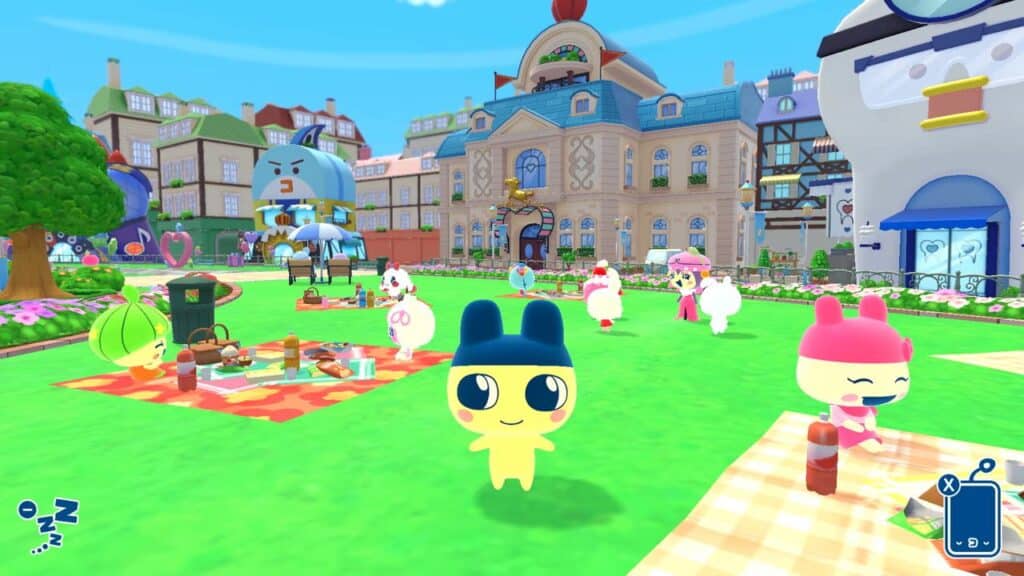
Mini-Tasks, Max Repetition
Tamagotchi Plaza’s gameplay revolves around a simple loop: visit a shop, complete a minigame, earn coins, upgrade the building, and repeat. Each store offers a different task tied to its theme, like crafting manga, making crepes, or running a dentist office. On Nintendo Switch 2, you get three extra minigames, bringing the total to 15.
Most minigames are short, usually under two minutes. They’re easy to pick up, though the game oddly doesn’t include any tutorials. I had to figure out the manga minigame by trial and error. You’re supposed to pick the right panels to match a title, but without knowing which character is which, it’s mostly guesswork at first.
One moment that stuck with me was during the glasses minigame. You test a Tamagotchi’s vision, pick a frame, trim the lenses, and present them. It’s oddly satisfying at first. But after doing it ten times in a row, it lost any sense of novelty. That’s the biggest issue here. Every job starts to feel the same.
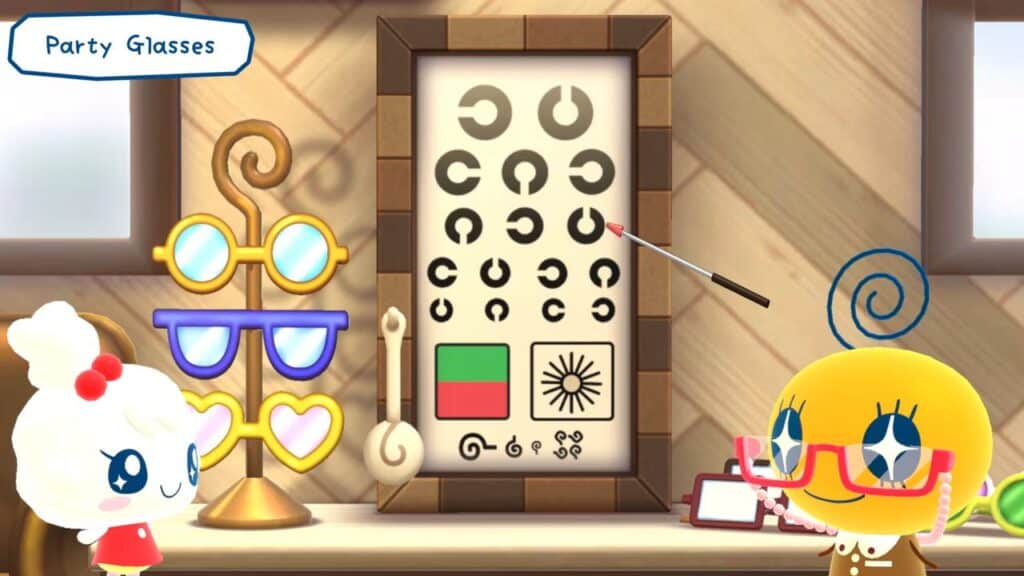
You can’t just stick to your favourites either. Upgrading the town requires grinding through all the shops, even ones you don’t enjoy. I liked the rap battle minigame, but having to follow it up with another round of slow dentistry made progress feel like a chore.
Multiplayer is limited to two people and doesn’t shake things up much. There’s no competitive or co-op twist. It’s just the same minigames with another person. Tamagotchi Plaza has a lot of variety on paper, but too many of its ideas wear thin fast.
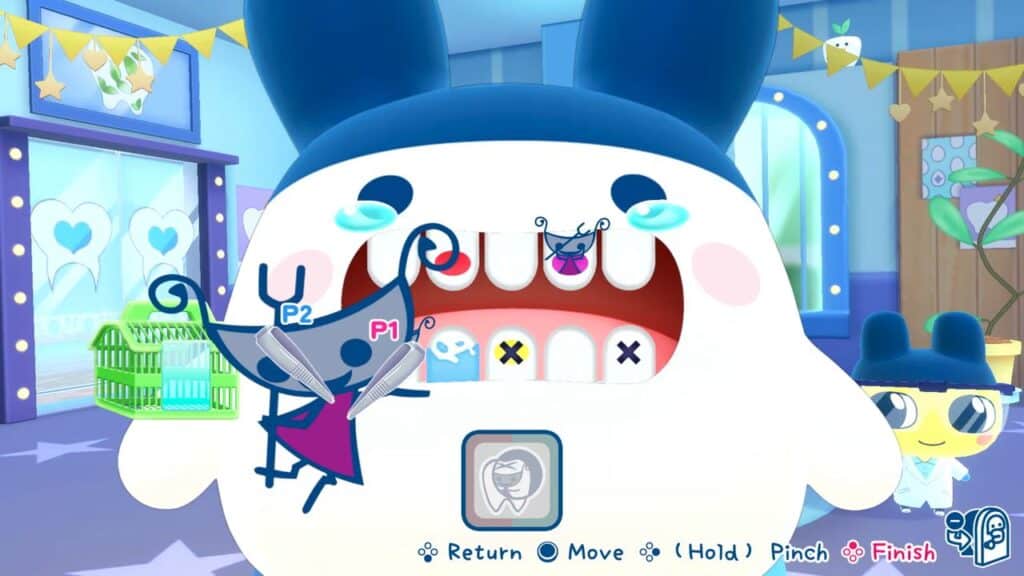
Cute Style, But Not Much Else
Tamagotchi Plaza nails the visual style. The characters look exactly how you’d expect, bright, simple, and expressive. Whether it’s Mametchi hanging out in the plaza or a Tamagotchi customer waiting for crepes, the game sticks to a cheerful and familiar vibe.
Shops each have a distinct look that matches their theme. The galette stand has a smiling storefront, while the manga studio looks pulled from a comic strip. Everything feels built for younger audiences, but it’s still clean and polished enough on a bigger screen.
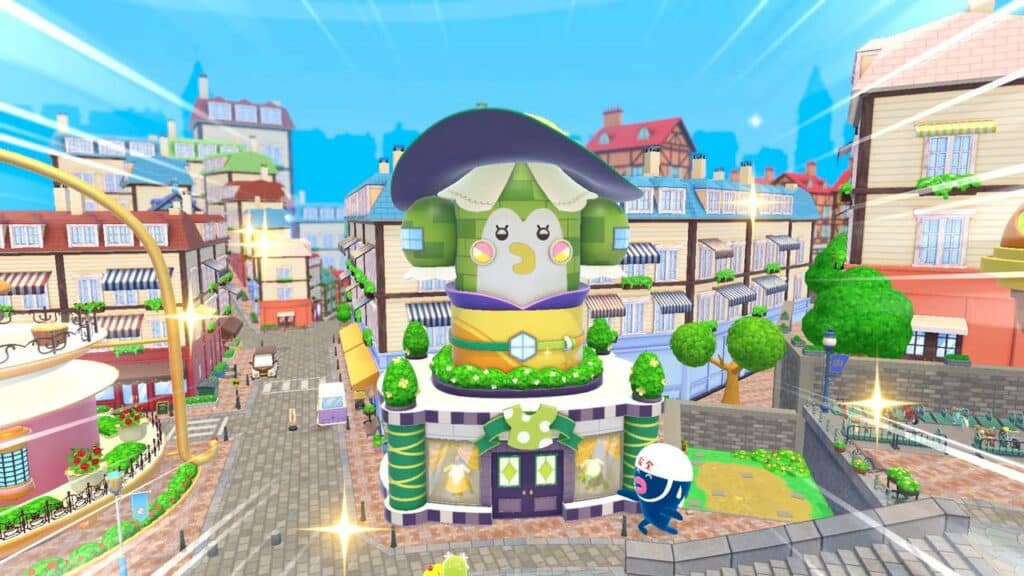
I played on Nintendo Switch 2, and the game ran smoothly. Load times were short, the framerate stayed steady, and moving between areas was quick. The motion and mouse-style controls for the extra minigames worked most of the time. The ninja star game gave me trouble with palm swipes not always being picked up.
The sound design was one of the first things I noticed. The Tamagotchi voices are all high-pitched bleeps, and they somehow work. The music fits the tone, even if it loops a bit too often. It didn’t get stuck in my head, but it didn’t annoy me either.
What holds things back is how flat the world feels. There’s no weather, no time of day, and the town barely changes. Shops might grow, but the plaza itself stays mostly the same. Tamagotchi Plaza looks the part, but once you’ve seen everything, there’s not much left to surprise you.
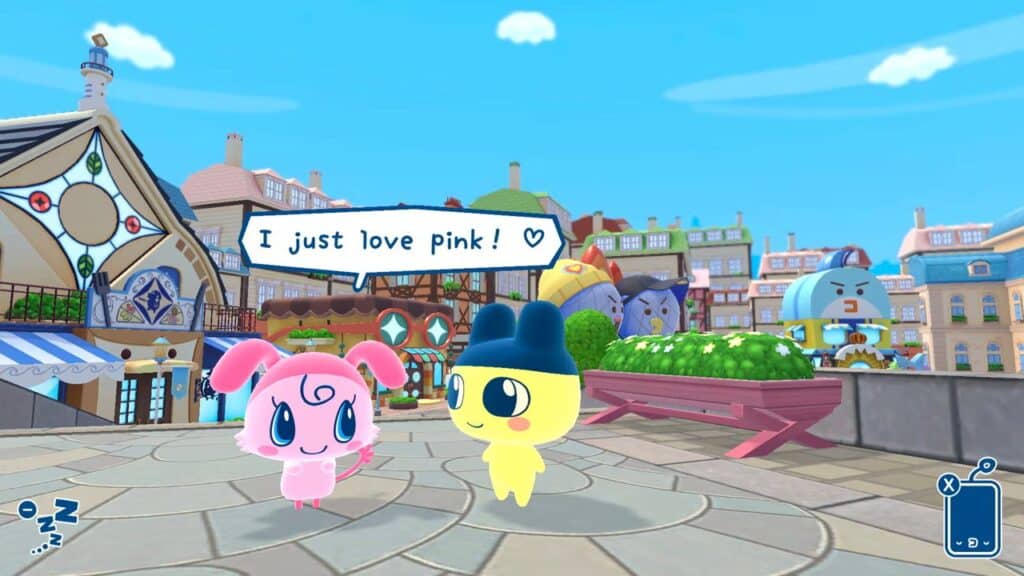
Tamagotchi Plaza Is Fun at First but Then Falls Flat
Without a doubt, Tamagotchi Plaza has its heart in the right place. It brings back a familiar world filled with cute designs and classic characters. If you’ve ever had a Tamagotchi, there’s something fun about seeing them walk around and take on new roles.
But once the nostalgia fades, the cracks start to show. The game leans heavily on repetition. Most minigames are simple and get old fast. There’s no real depth, and the lack of tutorials makes things harder than they should be, especially for a younger audience.
What bothered me most wasn’t any one bad feature. It was the slow grind. I wanted to enjoy the glasses minigame a bit longer, or run a few fun rap battles. Instead, I had to keep jumping back into shops I didn’t enjoy just to make progress. That constant loop wore me down after a few hours.
It’s not all bad. The visuals are cute, the sound is on point, and it runs well on Nintendo Switch 2. But the world doesn’t change or react much as you play. Upgrading the plaza feels more like checking off boxes than building something meaningful.
If you’re a younger gamer or a longtime Tamagotchi fan, you might enjoy the charm for a little while. Everyone else may find it too shallow to stick with for long. There’s a good idea somewhere in Tamagotchi Plaza. It just needed more variety, more interaction, and a little more life.
Tamagotchi Plaza

Summary
Tamagotchi Plaza brings back classic characters in a bright, cheerful package, but it runs out of steam pretty fast. The minigames are fun at first, but they get old quick, and the grind doesn’t help. The cute visuals and sound might win over younger gamers or Tamagotchi fans, but most others will probably move on before long.
As always, remember to follow us on our social media platforms (e.g., Threads, X (Twitter), Bluesky, YouTube, and Facebook) to stay up-to-date with the latest news. This website contains affiliate links. We may receive a commission when you click on these links and make a purchase, at no extra cost to you. We are an independent site, and the opinions expressed here are our own.

